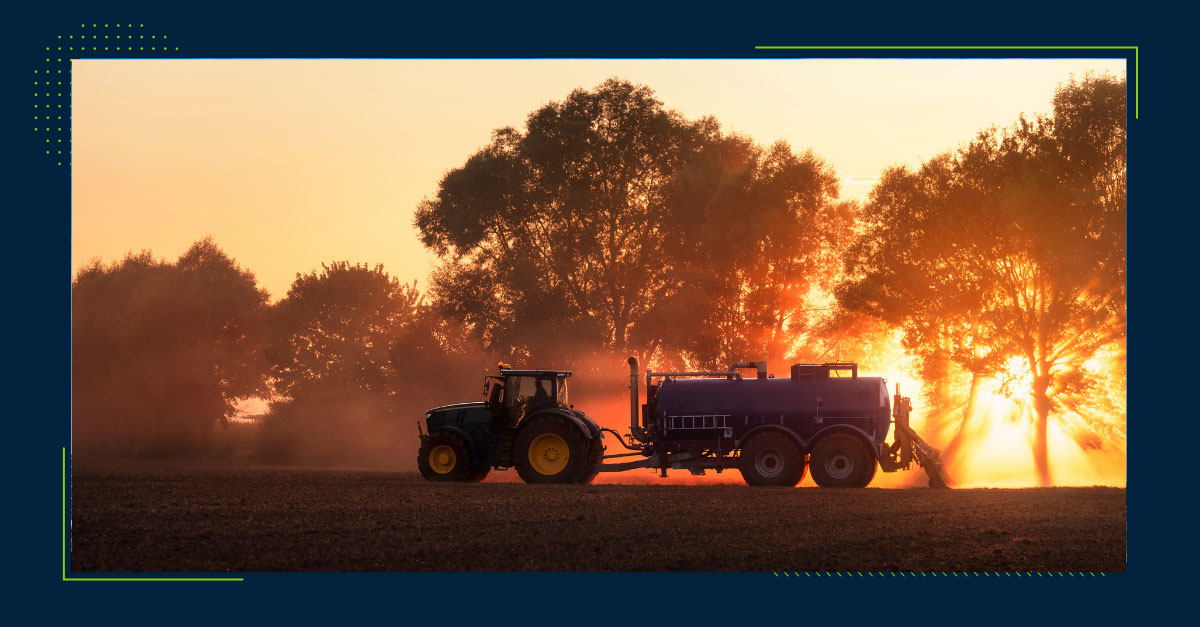Despite its fossil-fuel heavy reputation, Texas is a leader in terms of renewable energy deployment. One of the driving factors behind the state’s surging renewable energy sector — largely wind and solar — has been the agricultural industry’s embrace of renewables.
This development, which began over a decade ago, has contributed significantly to wind surpassing coal in Texas’s electricity grid share.
So substantial is the state’s wind production that if Texas were a standalone nation, it would be the fifth-largest wind energy producer in the world. Solar has also garnered significant traction in the farming community in more recent years. And there doesn’t seem to be any sign of a slowdown in terms of industry integration, either.
Renewable energy offers diversified and more reliable income to farmers — which are traditionally subject to boom and bust cycles, much like other primary commodities. This will continue to scale in importance as climate change-related weather events further disrupt food production.
Texan solar producers, for example, get offered between $450 and $1,200 annually to rent an acre of farmland for new projects. The variance in range depends on solar irradiation (how sunny it is) and how close the site is to power markets. Regardless, this rate often outperforms the traditional income from agriculture, making it hard to turn down.
Another tactic growing in popularity is deploying small-scale solar installations on farms to generate on-site electricity, which reduces input costs and improves energy reliability. Interest in these localized systems in Texas peaked in February this year after the state was hit with a crippling winter storm, knocking more than 3.8 million consumers offline.
According to the state’s agriculture commissioner, the multiple-day power outage had a “profound impact” on farming facilities, costing billions in damages. For now, however, this method of on-site production remains less common than large-scale wind and solar operations that feed into the grid.
Some of Texas’s more conservative-oriented farmers have also joined the renewables boom out of interest in being part of the climate solution. One creative practice, known as agrisolar (or agrivoltaics), involves planting shade-friendly crops (such as lettuce) underneath solar panels to ensure maximum benefit from the land.
Another unique method is to allow grazing animals to roam alongside a solar development. Not only do the animals get to feed this way, but they also perform “maintenance” by keeping the panels free of any fast-growing vegetation.
These practices also help keep productive agricultural land in circulation, which has become more critical as urban sprawl has spread throughout Texas.
“It’s a diversification of income. Putting your energy with your crops, instead of just diversifying your crops, now you’re diversifying into something even [more] different. Especially with climate becoming a greater concern, I think you’re going to see a push in this direction,” said Cathy Day, Climate Policy Coordinator at the National Sustainable Agriculture Coalition.




